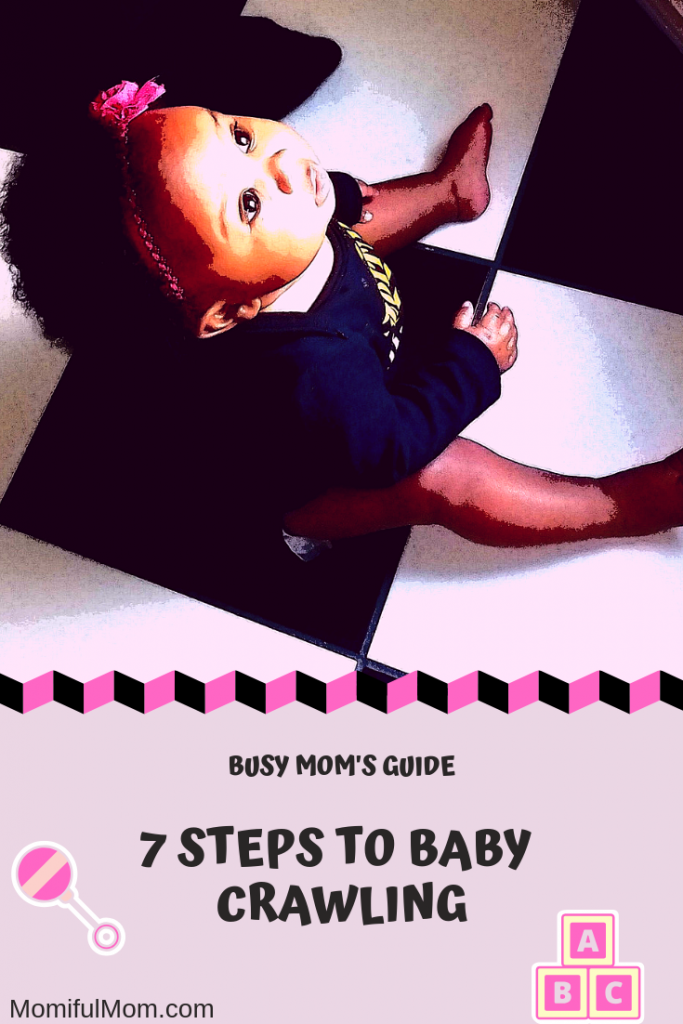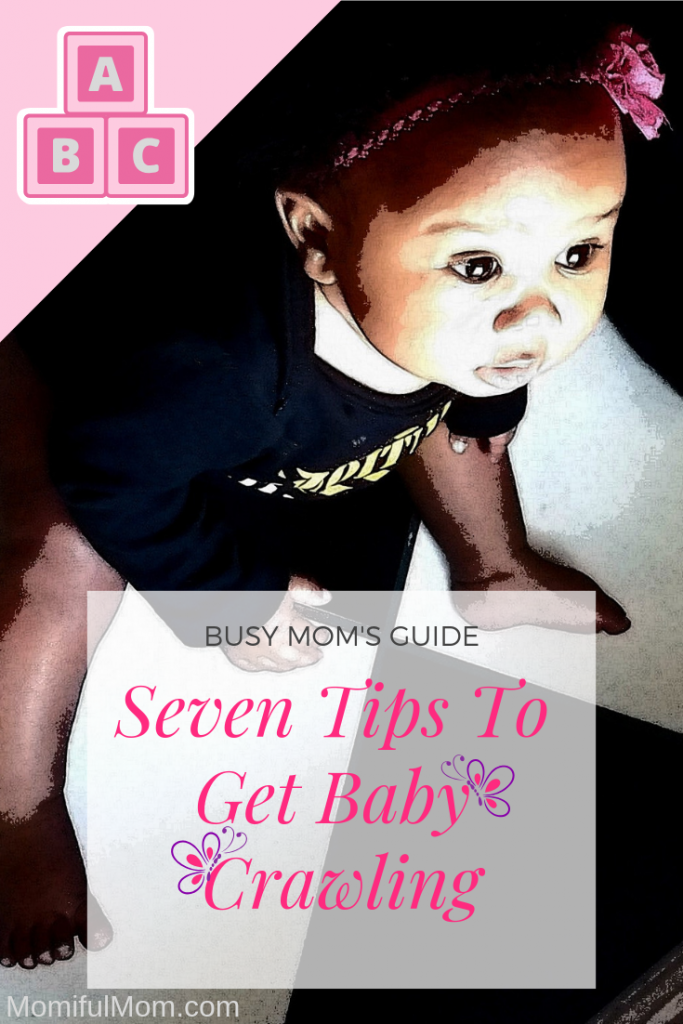Teaching Your Baby To Crawl
Crawling is a baby’s most significant physical development towards their goal of independence. Then once your baby is crawling then soon comes to the joy of walking. Therefore, helping your baby get on the move and start crawling is an excellent way of promoting the development of gross motor skills In truth crawling is one of my favorite physical milestones.
Not only because up until the time your baby is able to crawl parents have the responsibility of carrying them wherever they need to go but also because helping your baby learn to crawl is best for your baby and it helps with so many other developments in learning.
When Will Your Baby Start Crawling?
Crawling is an essential physical achievement for your baby which varies depending on the child. For the most part, most babies learn to crawl somewhere between 6 to 10 months.
There are a few markers to look for which will help you know when your baby is ready to crawl. They include sitting up on their own, trying to move their body during tummy time, and trying to push up while laying down, rolling back and forth, pushing themselves while on their bottom and also lifting their rump up in the air while on their stomach.
However, remember it varies from every child so if you have concerns about your baby not crawling be sure to speak with your child’s physician.
Now that we’ve covered a few reasons briefly why and when your baby should learn to crawl. Let’s move to how. So, here I’ve included in this article a few tips to help you get your baby on the move.

7 Tips To Help Get Your Baby Moving
First Tip: Tummy Time
I suggest starting tummy time slowly at first. Begin by laying your baby on their tummy early as 2 to 3 weeks. Tummy time helps strengthen those muscles needed for actually crawling. However, it’s not recommended that you let your baby sleep in this position.
Second Tip: Get On The Ground
Give your baby plenty of floor time. Making sure to baby proof the area and space. Floor time is readily done when the baby is content, not hungry and ready to play.
Third Tip: Baby Massages
Stretching and massaging the muscles. Body massages are great for your baby. Offering head to toe massages including the neck, shoulder and back muscles. Also, have your baby open his/her hands and massage those. After all, those hands will be used quite a bit in crawling.
Fourth Tip: Practice The Crawl Position
Place in the crawl position as often as possible. This can be achieved on the floor or your lap. Placing your baby in your lap in the crawl position offers more stability especially if your baby is unable to hold themselves up.
Fifth Tip: Siblings
Siblings, especially within the same age range, are another great help in helping baby learn to crawl. Baby’s learn so much just from mimicking. It’s proven children who have older siblings easily pick up on things faster. Mainly because they want to get on the move and quickly be able to play and get into the action.
Sixth Tip: Assisted Crawling
Assisted crawling is both fun for you and the baby. This method is especially great for babies who are readily able to get in the crawl position with limited to no support. Start by placing the baby in the crawl position. However, if your baby is unable to support their body weight be sure to set your hand under the baby’s stomach for support. Then help your baby to move arms and legs in the crawl motion.
Seventh Tip: Baby Crawling Games
Interactive baby crawling games are great for getting your baby on the move. The primary objective of these games is to get your baby to want to come to you or go toward the toy. Baby crawling games can be as creative and fun as you desire. For example, noisy toys work well, use baby’s favorite toy or snack.






